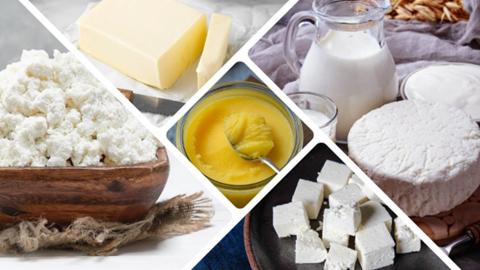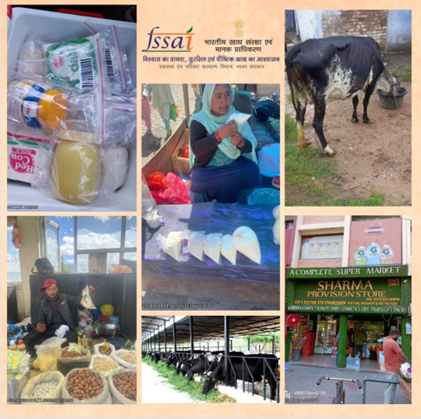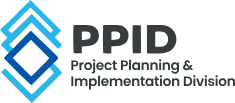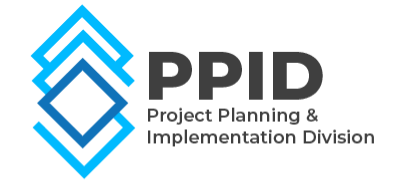

Project Details
Challenge
Milk, being a nourishing provider of vital micronutrients and macronutrients, occupies a pivotal place in the daily dietary habits of people spanning all age groups. To ensure the safety and quality of food for human consumption, the Food Safety and Standards Authority of India (FSSAI), the primary regulatory authority for food in the nation, conducted a nationwide comprehensive surveillance of milk and milk products.
It focused on milk and its associated products, including khoa, chenna, paneer, ghee, butter, curd, and ice cream, aiming to evaluate compliance with the quality and safety parameters outlined in the Food Safety and Standards Regulations (FSSR). The objective was to pinpoint potential areas of adulteration so as to take corrective actions. The surveillance covered 640 districts spread across 24 States and 7 Union Territories in three regions, excluding the western region with the collection of 8572 samples from both organized and unorganized sectors.
The Quality Council of India provided FSSAI a framework for an independent third-party quality assessment, encompassing both sample collection and testing of the milk and milk product samples across 640 districts/cities to evaluate their compliance as per the required parameters.
Approach
- The FSSAI wanted a third-party assessment to ensure an unbiased and credible surveillance of milk and milk products throughout the diverse geography of India and joined hands with Quality Council of India (QCI).
- The surveillance was strategized by QCI from sample collecting to its packing and transportation till testing to have a standardized process and ensure traceability and integrity of the samples.
- Collaborative approach was taken at different stages of the survey to create transparency and result in swift execution such as a comprehensive questionnaire was developed in consultation with FSSAI through which the engaged NABL laboratories conducted the survey on technology platform.
- Focus was laid on extensive training with clarity on roles and responsibilities at each stage and usage of unique barcode stickers on each product for better record keeping.
- Once the deployment of samplers started, rigorous Quality Check (QC) was conducted for all samples and handle the ground level challenges by the QCI team. They also coordinated with assigned NABL accredited labs spread across 10 cities for test results.
- The samples were analyzed for parameters such as the General Parameters, Adulterants, Aflatoxin M1, Melamine. While additional testing for Milk (Antibiotic) and Ice cream (Microbiological) were also conducted.
- Upon receiving, examining and statistically analyzing the test results, the test outcome was deciphered into compliance levels across region, product and parameter for better understanding of the on-ground situation.
Outcome
This surveillance of milk and milk products spanned over 640 districts/cities across 24 States and 7 Union Territories. The analysis of the samples by a team of almost 250 lab analysts and technicians from 15 different labs revealed varied trends in compliance rates across products and parameters.
- The notable observations included diverse compliance rates in both organized (4,085 samples) and unorganized sectors (4,487 samples), reflecting varied trends.
- The samples were classified into safe/unsafe and standard/substandard categories to pinpoint areas of concern, indicating the need for necessary corrective actions.
- Brands played a crucial role in the study, with over 400 unique brands contributing to the collected samples.
- Additionally, the study highlighted regional disparities, noting that the availability and consumption of milk products such as chenna and Khoa were comparatively lower in southern and eastern parts of India.
REACH US
Institution of Engineers Building,
2 – Bahadur Shah Zafar Marg,
New Delhi – 110002, India.
Phone: +91-11- 2337 9321, 2337 8056, 2337 8217
IMPORTANT LINKS
Visitor Count
Creating an Ecosystem for Quality
Copyright © 2023



